Introduction
Steamed eggs with pure milk, often referred to as “milk steamed egg custard” or “milk pudding,” is a delicate and comforting dish enjoyed in many Asian cuisines, particularly Chinese and Japanese. This recipe combines the richness of fresh milk with the velvety texture of steamed eggs, creating a harmonious balance of flavors and textures. The result is a silky-smooth custard that melts in your mouth, making it an ideal breakfast, snack, or even a light dessert. While the dish may seem simple, achieving the perfect consistency requires attention to detail, from ingredient ratios to steaming techniques. This article will guide you through every step, ensuring your steamed milk eggs turn out flawlessly every time.
Ingredients and Equipment
Before diving into the cooking process, gather the following ingredients and tools:
-
Ingredients (Serves 2-3):
- 3 large eggs (preferably free-range or organic for richness)
- 1 cup (240ml) pure milk (whole milk works best for creaminess)
- ¼ teaspoon salt (adjust to taste)
- ½ teaspoon sugar (optional, for a subtle sweetness)
- 1 teaspoon sesame oil or vegetable oil (to grease the dish)
- Toppings (optional): chopped spring onions, soy sauce, sesame seeds, or a drizzle of truffle oil
-
Equipment:
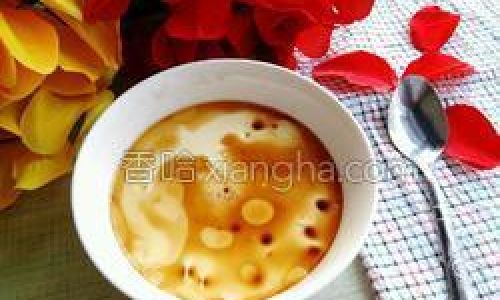
- A heatproof dish (ceramic or glass, approximately 6-8 inches in diameter)
- A fine-mesh sieve
- A steamer (or a large pot with a lid and a trivet)
- A whisk or fork
- Plastic wrap or a microwave-safe lid (for steaming)
Step-by-Step Preparation
Preparing the Eggs and Milk Mixture
Start by cracking the eggs into a medium-sized mixing bowl. Use a whisk or fork to gently beat the eggs until the yolks and whites are fully combined. Avoid over-whisking, as this can introduce too many air bubbles, leading to a porous texture.
Next, add the pure milk to the beaten eggs. For a richer custard, use whole milk; skim milk will result in a lighter but less creamy texture. If desired, add a pinch of salt and a touch of sugar to enhance the flavor profile. Stir gently to combine the ingredients.
Sieving the Mixture
The key to achieving a silky-smooth custard lies in this step: straining the egg-milk mixture through a fine-mesh sieve. This process removes any undissolved egg chalazae (the stringy white parts) or lumps, ensuring a uniform consistency. Pour the mixture through the sieve into a clean bowl or directly into your heatproof dish. Repeat this step once more if you notice any remaining impurities.
Skimming Foam (Optional but Recommended)
After sieving, you may notice a thin layer of foam forming on the surface. While this step is optional, removing the foam with a spoon can prevent unsightly bubbles from forming on the finished custard. This results in a glass-like appearance.
Greasing the Dish
Lightly grease the heatproof dish with a thin layer of sesame oil or vegetable oil. This prevents the custard from sticking to the dish and adds a subtle aromatic note. Alternatively, line the dish with parchment paper for easier removal.
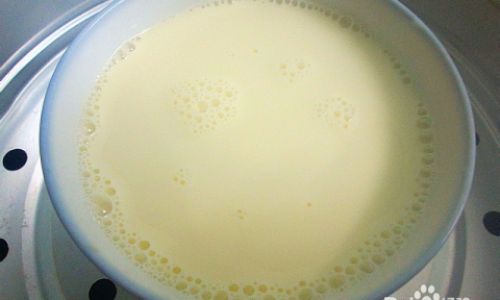
Steaming Technique
Fill a steamer or large pot with about 2 inches of water and bring it to a gentle simmer over medium heat. If using a pot, place a trivet or folded kitchen towel at the bottom to prevent the dish from rattling.
Carefully pour the sieved egg-milk mixture into the greased dish. Cover the dish tightly with plastic wrap or a microwave-safe lid to prevent condensation from dripping onto the custard. Poke a few small holes in the plastic wrap to allow steam to escape.
Cooking Time and Temperature Control
Place the dish in the steamer or pot, ensuring the water level does not touch the dish (this could cause uneven cooking). Cover the steamer or pot with a lid, leaving a slight gap to maintain gentle steam circulation.
Steam the custard on low to medium heat for 12–15 minutes. The exact time may vary depending on your stove’s intensity and the dish’s thickness. To test for doneness, gently shake the dish—the custard should jiggle slightly like set gelatin but not ripple. If the center appears runny, steam for an additional 2–3 minutes.
Cooling and Serving
Once cooked, remove the dish from the steamer and let it cool for 5–10 minutes. The custard will continue to set slightly as it cools. Garnish with chopped spring onions, a sprinkle of sesame seeds, or a drizzle of soy sauce for added flavor. For a savory twist, top with cooked shrimp or mushrooms before steaming.
Tips for Perfect Steamed Milk Eggs
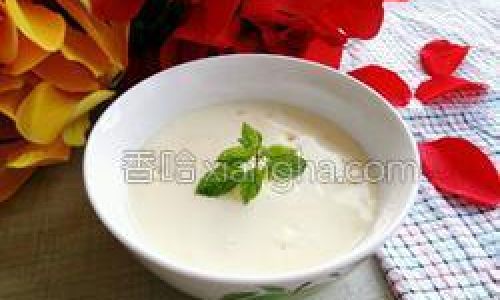
- Room Temperature Ingredients: Allow eggs and milk to reach room temperature before mixing. This ensures even blending and reduces the risk of the custard separating during steaming.
- Proportion is Key: The classic ratio is 1 part eggs to 1.5–2 parts milk. Adjust the milk quantity based on desired firmness—more milk yields a softer custard.
- Avoid High Heat: Steaming at too high a temperature can cause the custard to puff up and collapse, resulting in a coarse texture. Maintain a gentle simmer.
- Use a Thermometer (Optional): For precision, steam until the internal temperature reaches 165°F (74°C).
- Double Boiler Method: If you lack a steamer, use a double boiler. Place the dish in a larger pot of simmering water, ensuring water does not touch the dish.
Variations and Customizations
- Savory Custard: Add minced ham, chicken, or vegetables like carrots or peas to the mixture before steaming.
- Sweet Custard: Incorporate honey, vanilla extract, or a pinch of cinnamon into the egg-milk base. Serve with fresh fruit or a dollop of whipped cream.
- Herb-Infused: Steep herbs like basil or thyme in the milk for 10 minutes before mixing with the eggs. Strain the milk to remove herbs before proceeding.
- Cheese Lover’s Edition: Sprinkle grated Parmesan or cheddar cheese over the custard during the last 2 minutes of steaming.
Serving Suggestions
- Breakfast Delight: Pair with toasted bread or steamed rice for a wholesome morning meal.
- Dinner Side: Serve alongside congee, fried rice, or stir-fried vegetables.
- Appetizer: Cut the custard into bite-sized cubes and serve with a dipping sauce of soy sauce, rice vinegar, and chili oil.
- Dessert: Top with caramelized sugar or a berry compote for a decadent finish.
Health Benefits of Steamed Milk Eggs
- Protein Powerhouse: Eggs and milk are excellent sources of high-quality protein, essential for muscle repair and immune function.
- Calcium Boost: Milk provides calcium and vitamin D, promoting bone health.
- Low in Calories: When prepared without excessive oil or sugar, this dish is relatively light and nutritious.
- Digestive-Friendly: Steaming preserves nutrients and makes the dish gentle on the stomach.
Common Mistakes to Avoid
- Overcooking: Leaving the custard in the steamer too long will cause it to become rubbery.
- Undercooking: A runny center indicates insufficient steaming time.
- Using Cold Ingredients: Cold eggs or milk can lead to uneven cooking.
- Skipping the Sieve: Failing to strain the mixture results in a lumpy texture.
- Covering Too Tightly: Trapping too much moisture creates a watery custard.
Storage and Reheating
Leftovers can be stored in an airtight container in the refrigerator for up to 2 days. To reheat, gently steam for 3–5 minutes or microwave in short intervals, stirring occasionally to prevent overcooking. Avoid freezing, as this alters the texture.
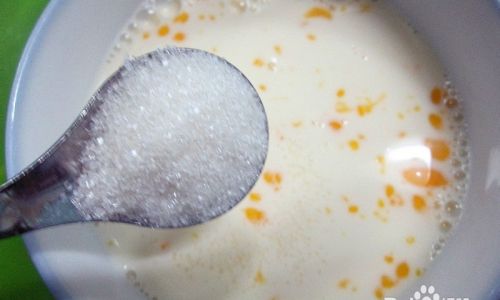
Cultural Significance
In Chinese cuisine, steamed eggs with milk (牛奶蒸蛋, niú nǎi zhēng dàn) are a beloved comfort food, often served to children or the elderly for their soft texture and nutritional value. The dish symbolizes nourishment and simplicity, embodying the philosophy that even humble ingredients can create something extraordinary. In Japanese cuisine, a similar preparation called chawanmushi incorporates dashi broth and savory ingredients like ginkgo nuts or shrimp, highlighting the versatility of steamed custards across cultures.
Conclusion
Mastering the art of steamed milk eggs requires patience and precision, but the effort is rewarded with a dish that is both visually elegant and incredibly satisfying. Whether enjoyed as a quick breakfast, a soothing evening snack, or a sophisticated appetizer, this recipe bridges tradition and innovation, offering endless opportunities for customization. By following the steps outlined here—from selecting the freshest ingredients to perfecting your steaming technique—you’ll create a custard that rivals those served in fine dining establishments. So, embrace the simplicity, savor the creaminess, and let this dish become a staple in your culinary repertoire.

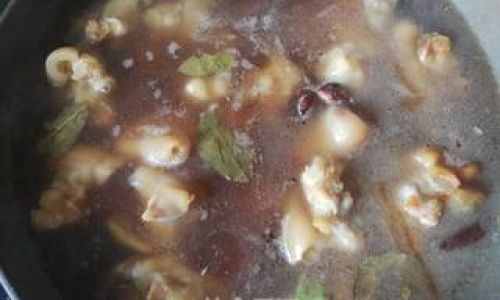
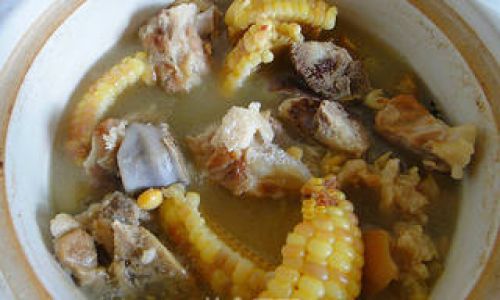
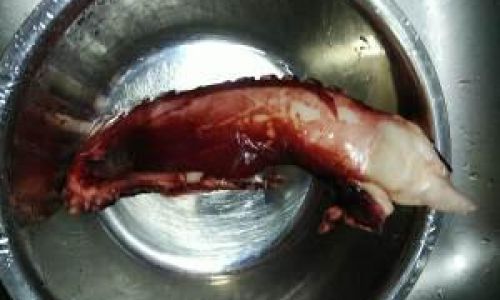

0 comments